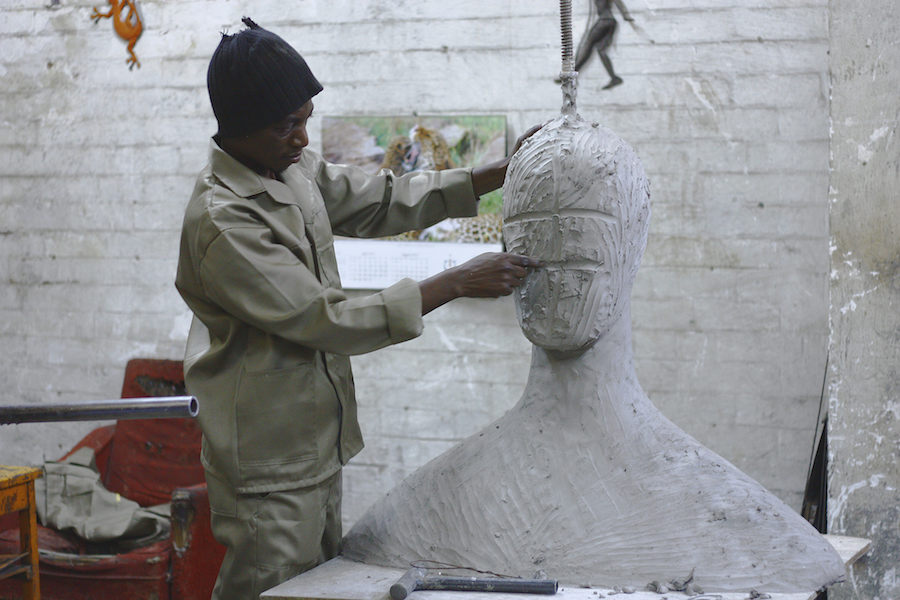Writing wasn’t a priority in 2017: I posted two blogs. I could make a laundry list of excuses, but they’re just that, excuses. But, I’m making a small commitment, 15 minutes per day, to writing more. Starting with the the second part (first one, here) of this mini-series on an experiment with less.
This renewed commitment comes at the beginning of 2018. I’d hardly consider it a “resolution” because I don’t believe in those (here’s what I did, instead). I’ve noticed that I don’t think as clearly as I used to and I firmly believe that comes from my lack of writing and deep, intentional thought. So here I am, writing more… about less.
30 Days of Less was an experiment about me eliminating things (stuff, ideas, baggage, people, burdens, etc.) from my life. Anytime in life I’ve felt overwhelmed, I found respite through subtraction rather than addition. This post is a recap of me intentionally eliminating things from my life and the affects of this experiment on my life.



